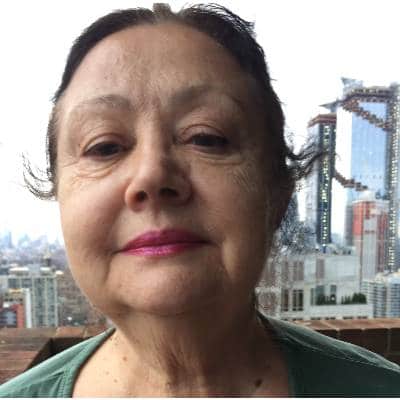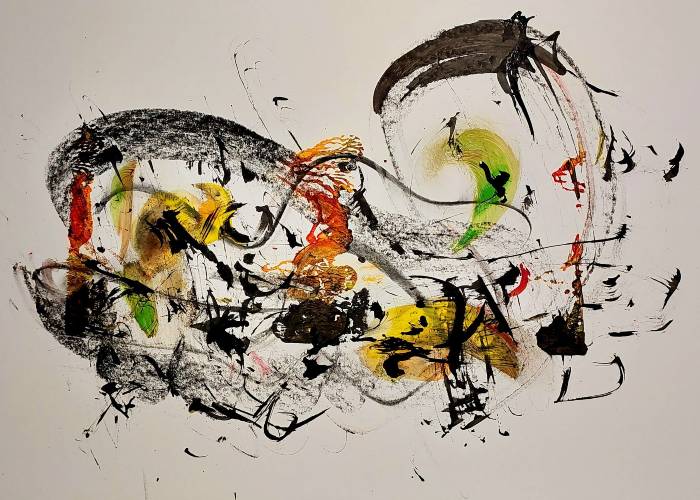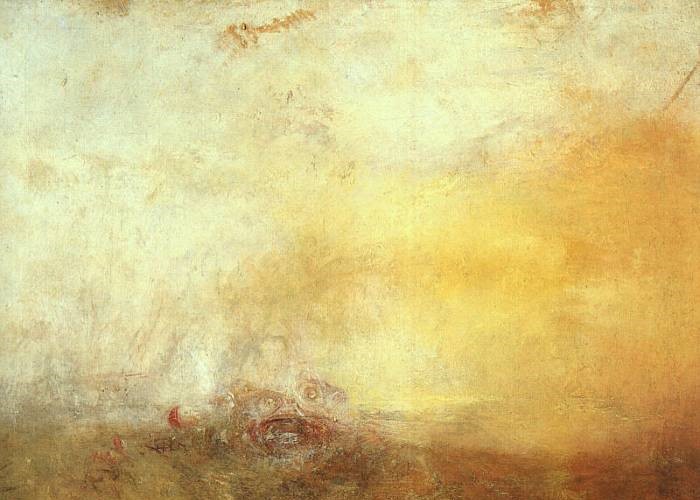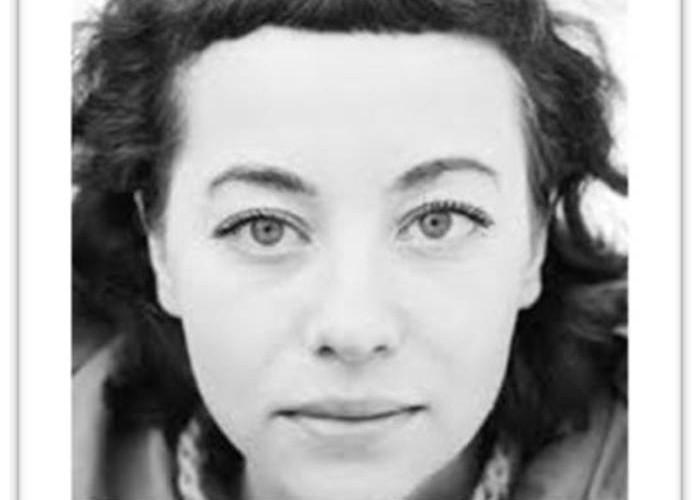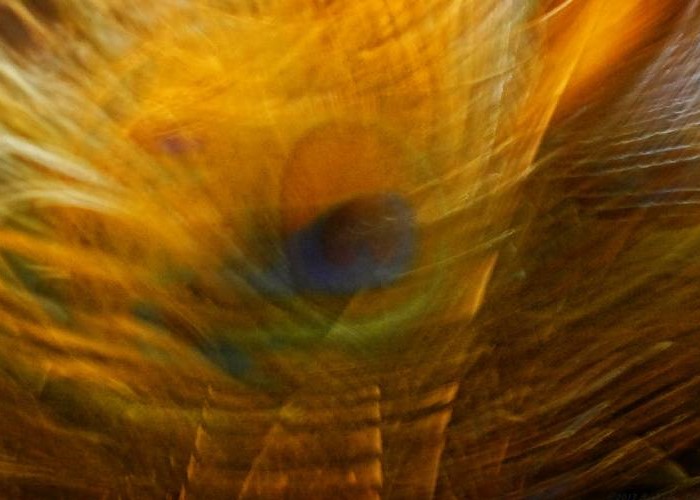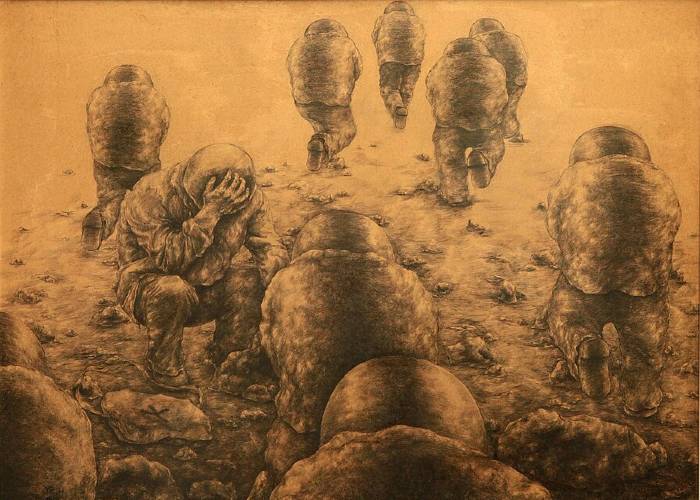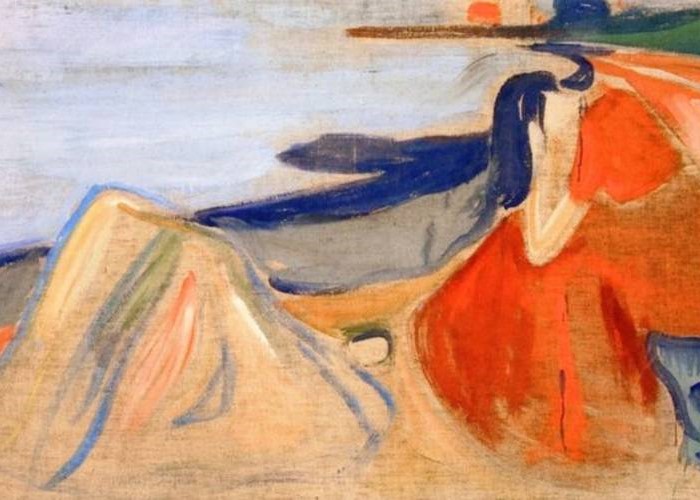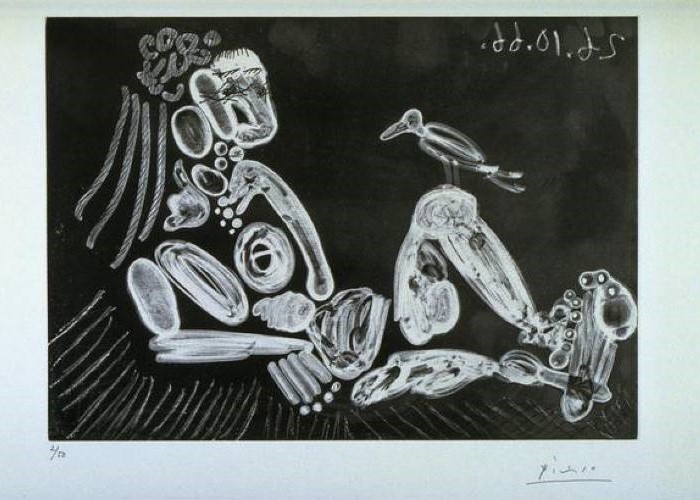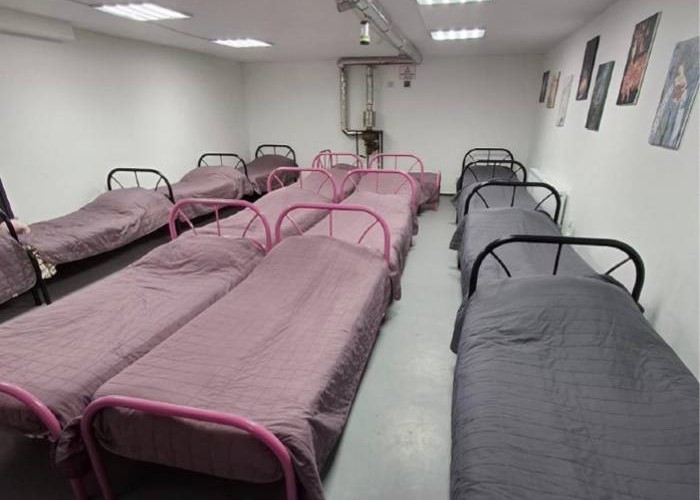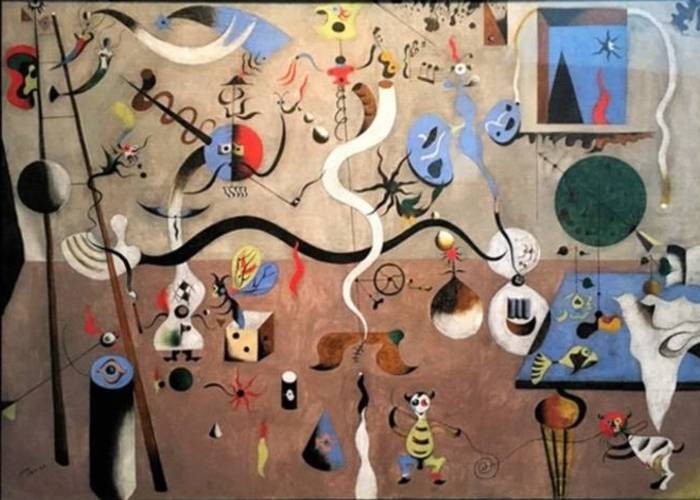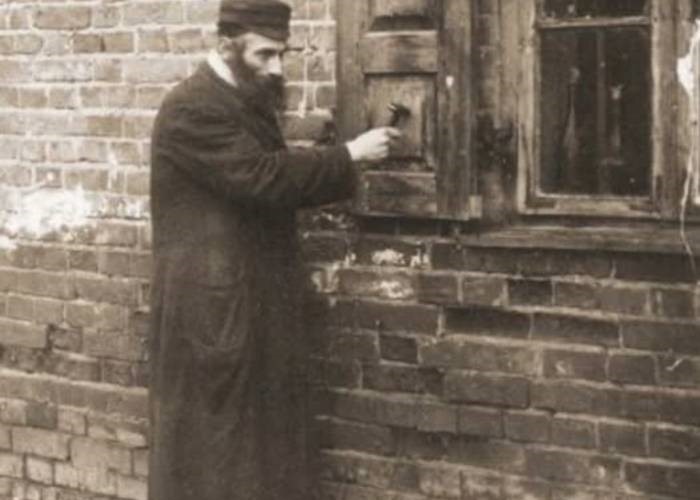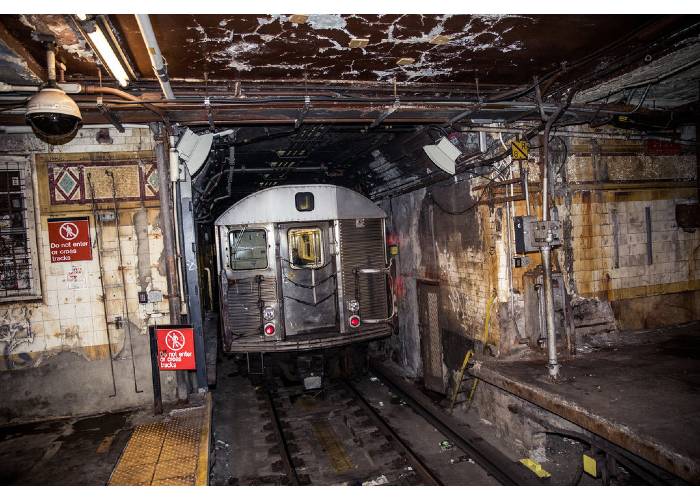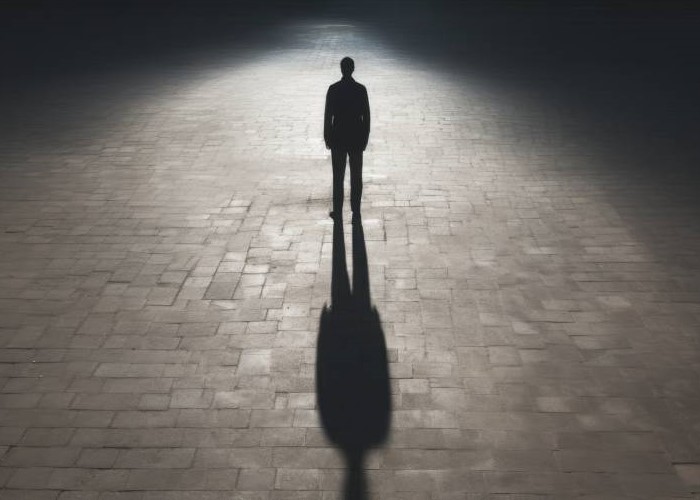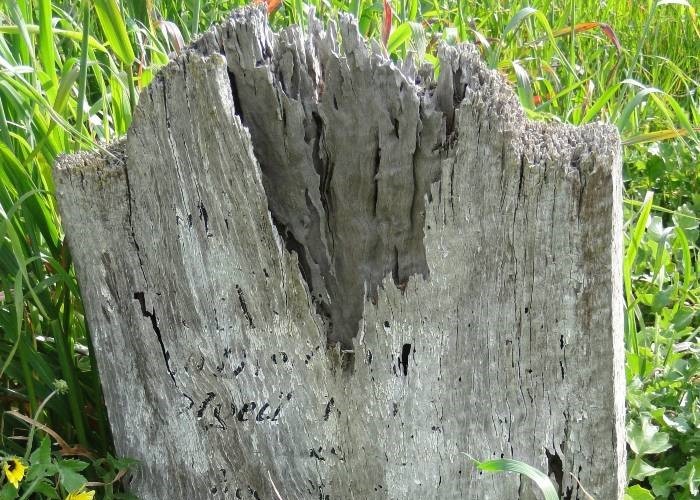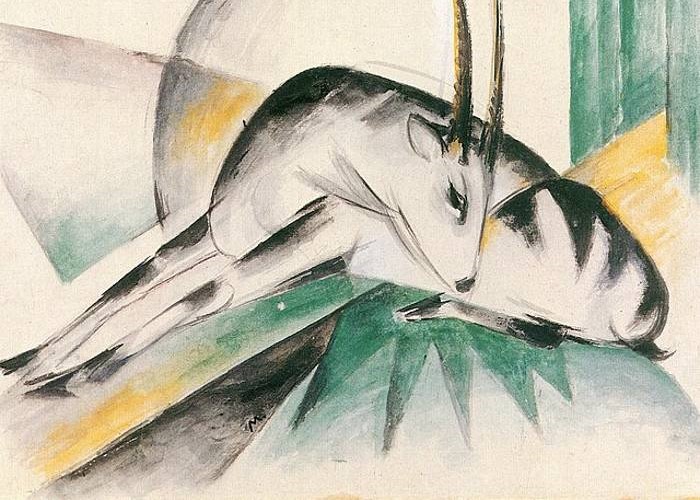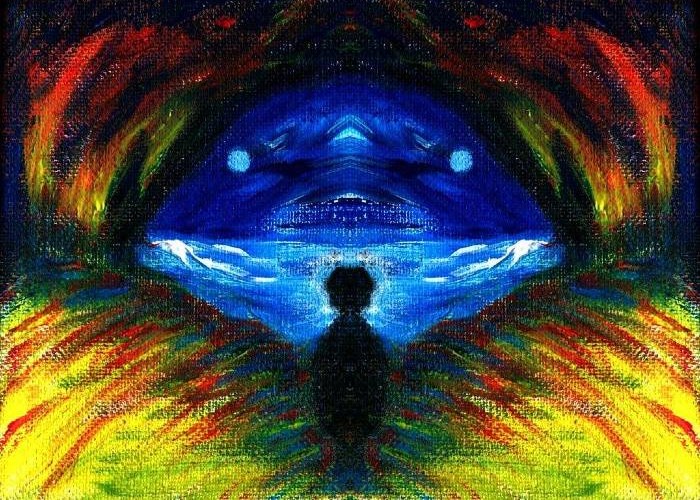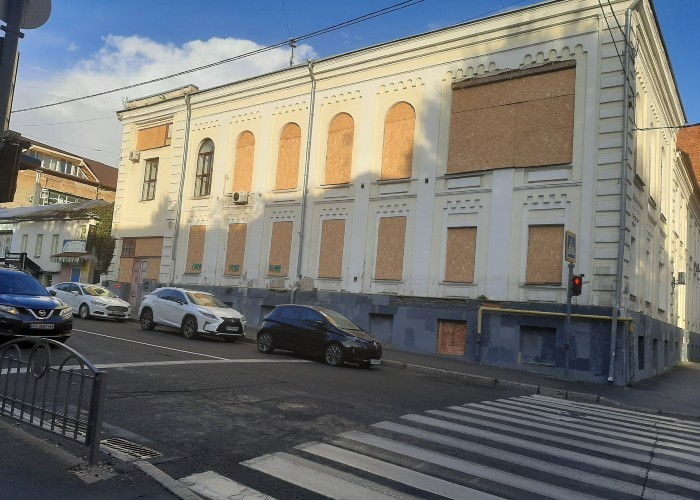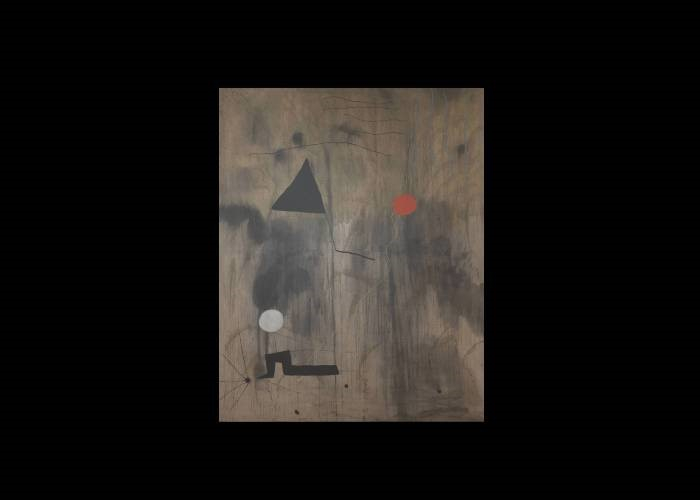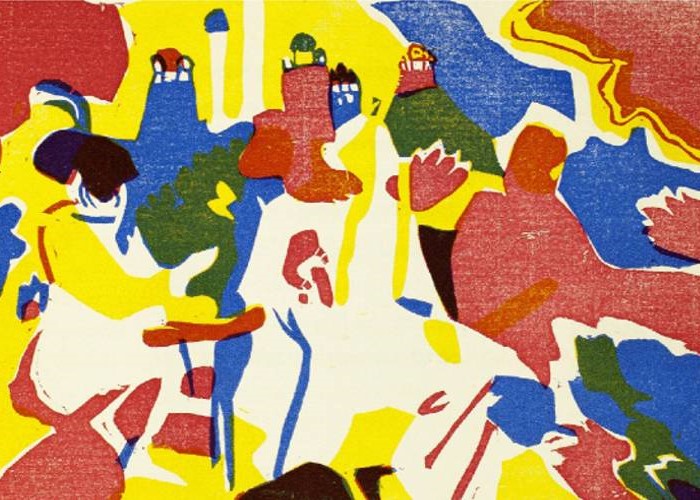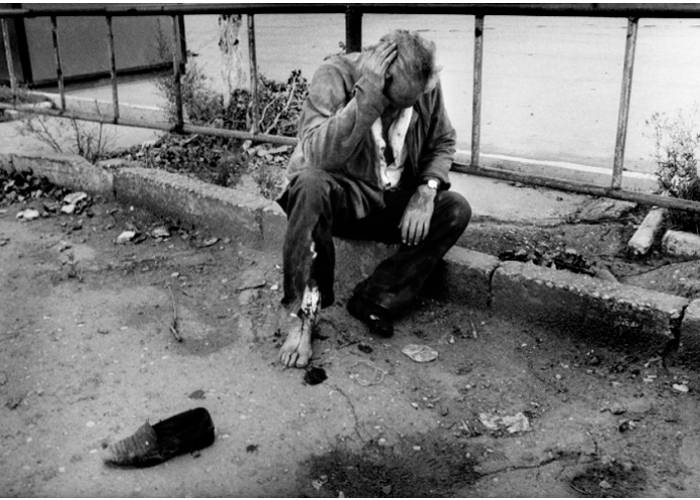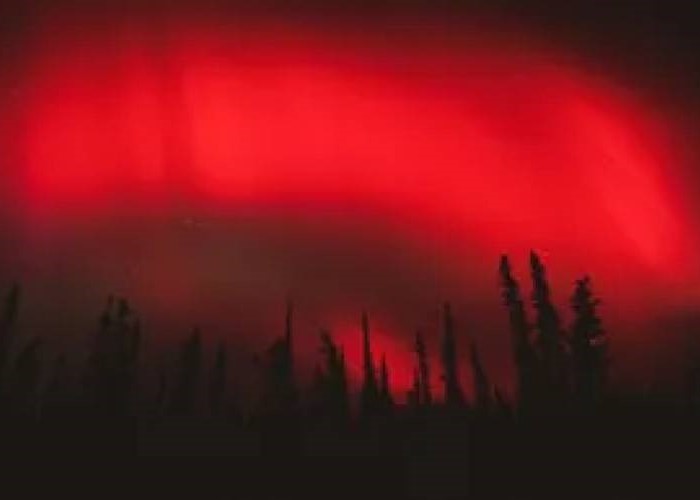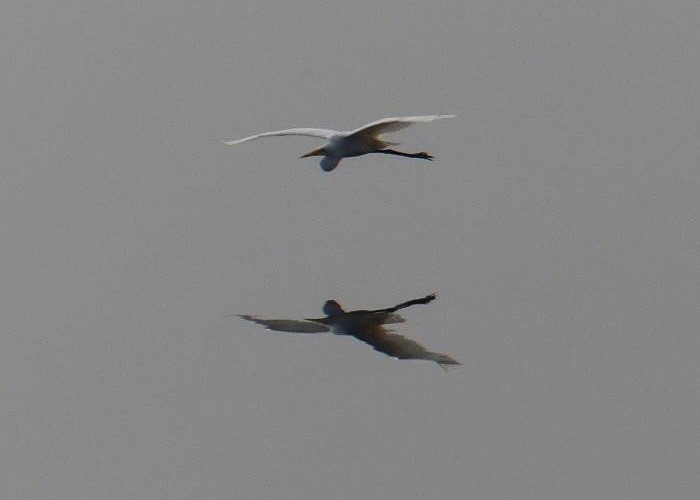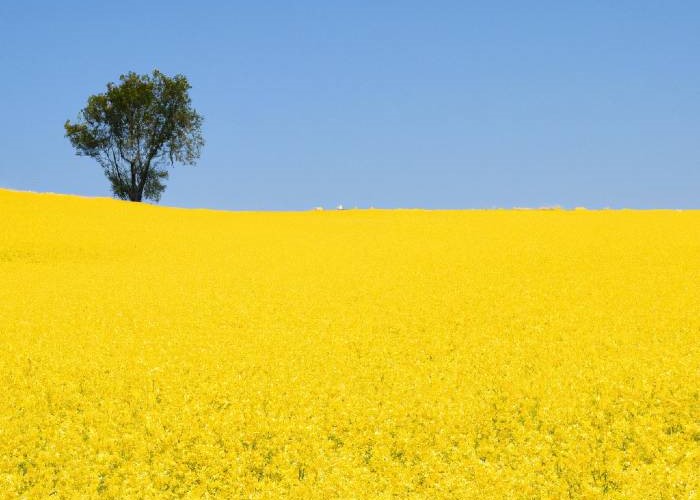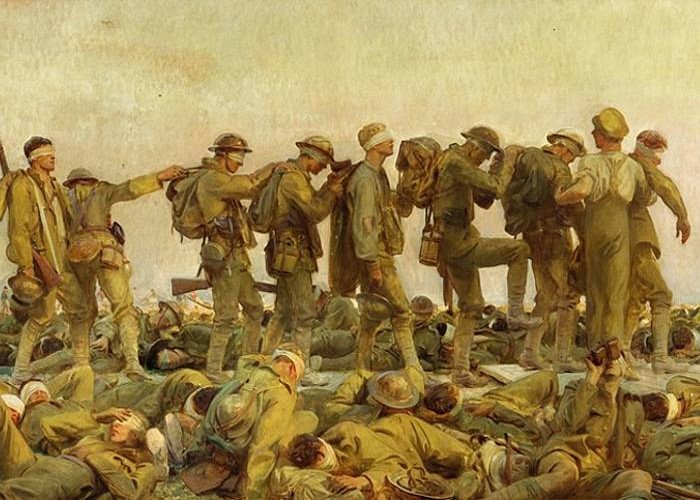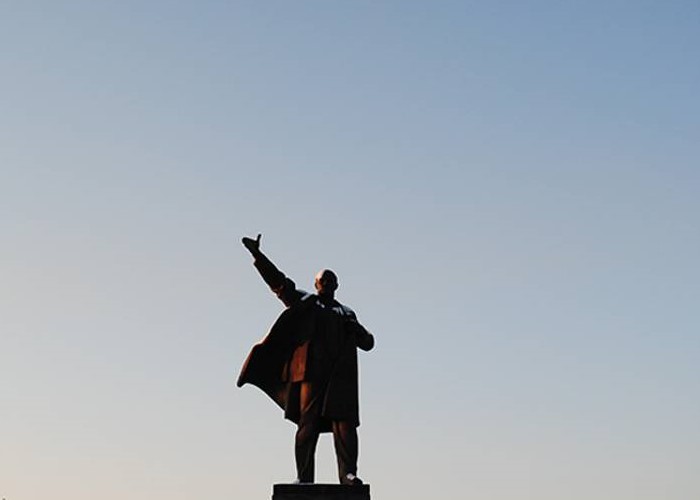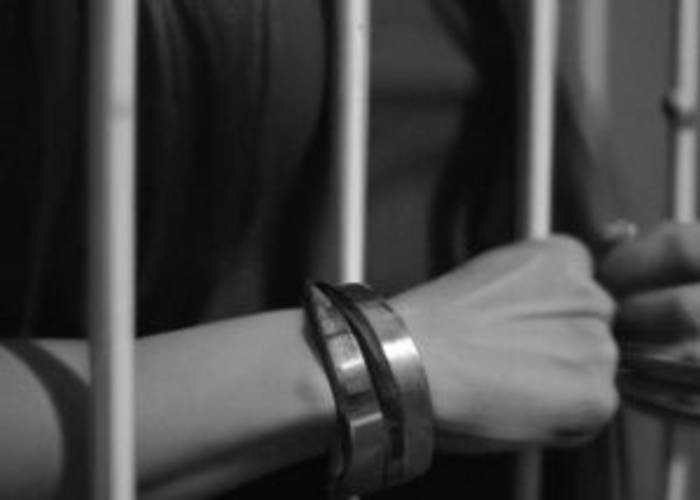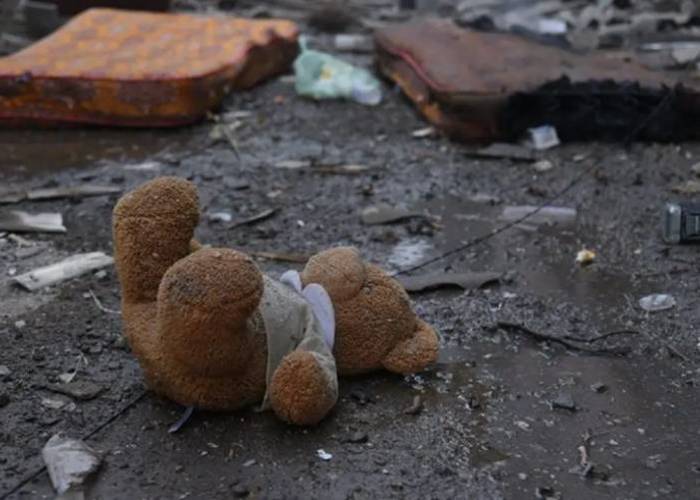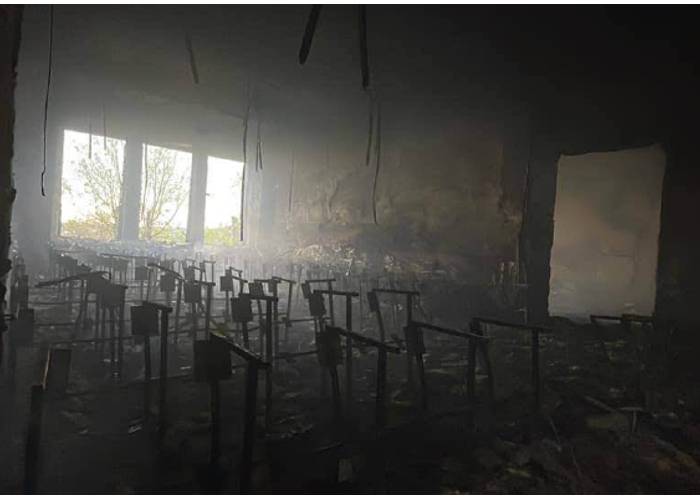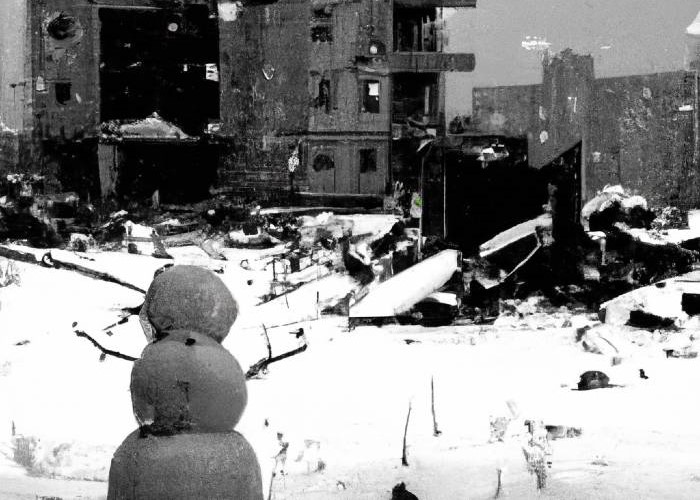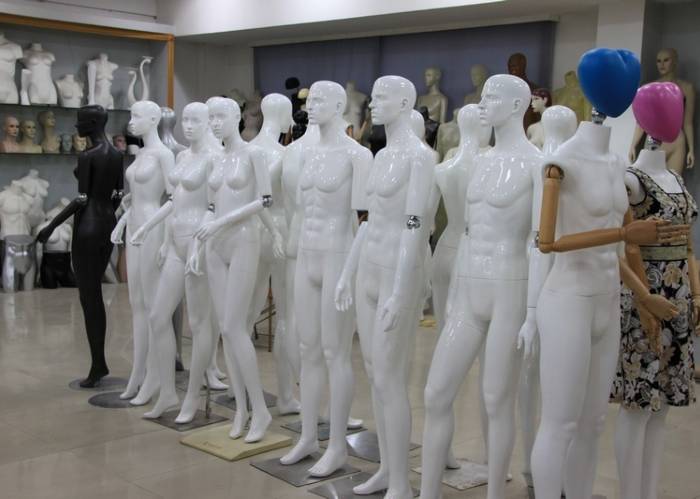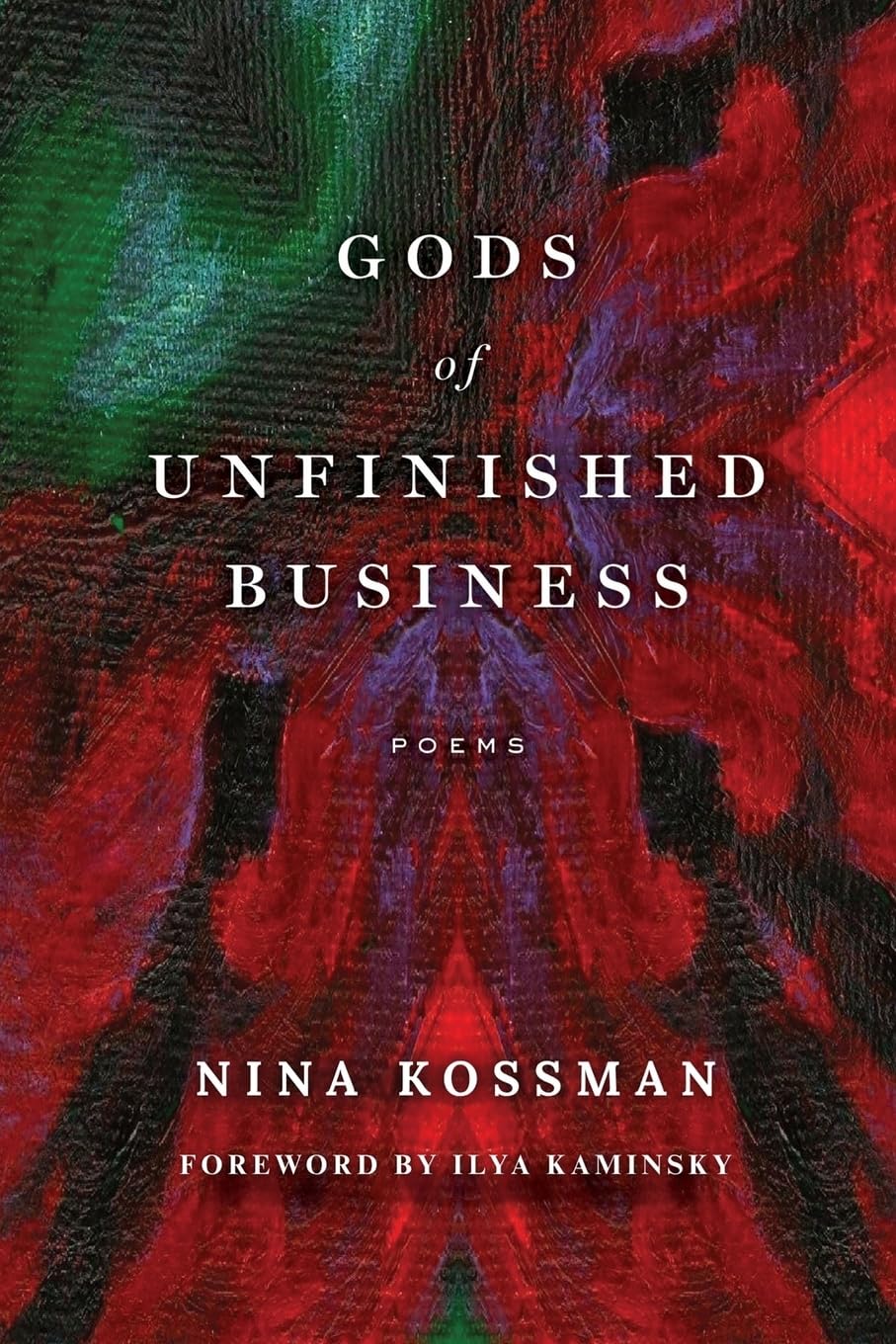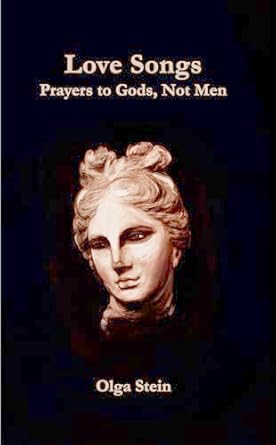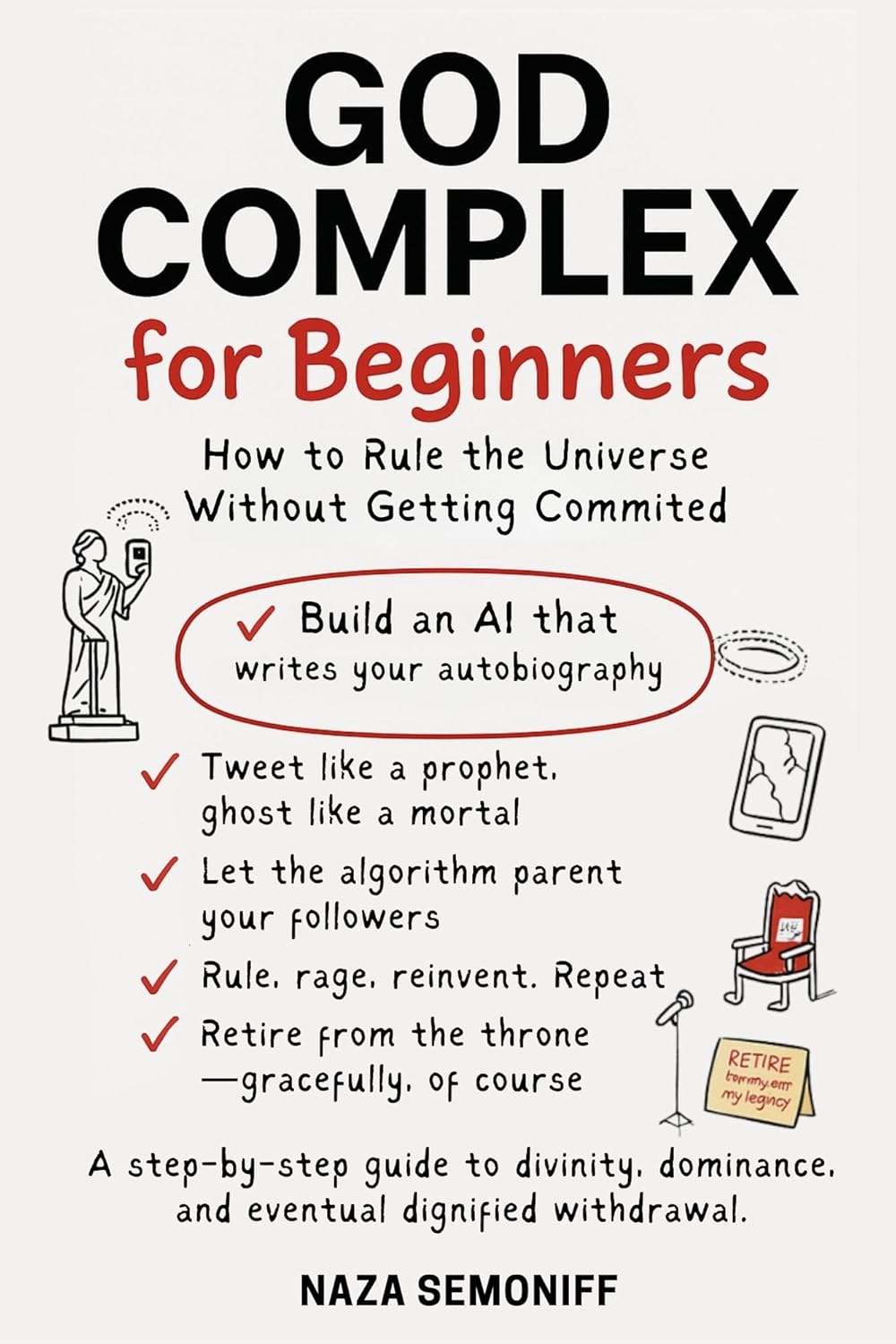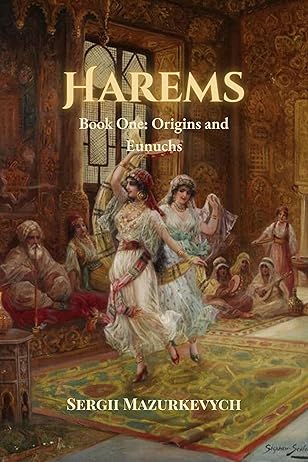1.
I never wanted to discover a new land or even a small island. Yet, а long time ago, I moved from my homeland to a new world.
2.
There is a Russian song of the 1960s about La Perouse Pass between Sakhalin, the island in my native Russia, and Hokkaido in Japan. Jean Francois de Galaup comte de Lapérouse was born in Albi. We collaborated on our first art show there and we became historical figures. It helped us to experience а perpetual identity crisis.
3.
As a student, I studied medieval history. The fact that Ptolemy’s Cosmography was translated into Italian verse seemed insane. The translator was Francesco Berlinghieri from Urbino. At that time, his name was spelled Berlingeri. Was he or his family originally from Berlin? Poets are crazy, you know, thinking about such things.
P.S.
Berlinghieri dedicated his translation to the Duke of Urbino, a ruthless captain who received his ducal title from the Pope for his plots and bloody wars concerning the earthy interests of both, the Pope and himself. The Duke was a lover of the arts and a patron of architects, artists, and poets. Not an unusual combination. And now he had an Incredible library a museum. In 1472, during the Sack of Volterra, the Duke troops raped and looted the city, and among others crimes, they collected at least forty Hebrew manuscripts belonging to the Jewish merchant named Menahem ben Aaron ibn Zerah. The manuscripts still have his cards of ownership. Now, these books belong to Bibliotheca Apostolica Vaticana in Rome. These stories make me feel very post-Holocaust and sad.
4.
Ptolemy was a Greek astronomer living in Alexandria, Egypt. Christopher Columbus was an Italian from Genoa living in Spain. Amerigo Vespucci was a merchant of uncertain origin from Florence working for Portugal. Let me conclude with an appreciation of all those displaced people who discovered the New World.
P.S.
Michel Gerard’s ancestors are of French, Belgian, and Italian-Jewish descent. I am a Russian-Jewish emigrant from New York, via Saint Petersburg, via Vienna, via Florence. We are both currently in Saint-Die.
5.
If the ocean is a metaphor for the unconscious, how did they see those maps? Did their vision come from that primitive drive? Were they unconsciously seeking new territories for hunting, for gathering berries, grains, and roots? Or, were they looking for a place where they can just be, be themselves, have their own geography shifting from a socially disadvantageous and minority position to a better place?
6.
Why did they attach those female figureheads on their ships? Were figureheads the reminders of loyal Penelopes and their buy, be careful, good luck, look after yourself, come back safely? They were the only females in a world of sailors and adventurers. Were they women of their fantasies on those long journeys?
7.
These figureheads look like predecessors of the Statue of Liberty. Turn off your cell telephones, please. These trips allow me to roam through lands, times, spaces in my mind feeling my life closely where it is, it was. It’s going to be. My aged putty-like head played the photographed blowing wind, Bora.
8.
Minor miscalculations made by Ptolemy and the explorers of Arabic, Jewish and Venetian origins, and the translators mislead Christopher Columbus. Coming to Cuba he thought it was Japan and the nearby continent was India. And he did not recognize his mistake till the end of his life. But the same texts and large maps, which confused him, directed his voyages and brought him to a new land proving that the earth was round. And it is still round but who can learn the truth about oneself?
9.
Native Americans internalized that mess and the tragedy of genocide in the discovered continent. Now people protest against Columbus Day as a national holiday. I feel that I am still from the former Soviet Union when it comes to power relationships. How to integrate conflicts of politics, history, civilization, and concurrent rapes, robberies, wars, and persecutions – and still be happy because this is a goal of my life.
10.
The dream about a new land with its goods and spices – how sweet it sounded! – turned partly true, partly fantasy, and people tend to kill other people because of their fantasies. Didn’t the history of errors and accomplishments produce the global consciousness that we are living through trying to enjoy? How to live a happy life facing a new set of problems in the nuclear era?
11.
After his second or third trip, Amerigo Vespucci understood that the terra firma discovered by Columbus was neither an island nor in Asia, but that it was a new continent. He wrote letters with descriptions and maps of the New World and they were first published in Florence as commentaries to Ptolemy. Writing about this gives me goose skin. As a writer, I am fascinated with such grandiose topics. I feel admiration and a horrifying ambition.
12.
What a brilliant idea to make a new book! More people wanted to read about that discovery and see new maps. Who were they – Lud owner of a printing shop, Martin Waldseemuller, a printer and a cartographer from Nancy, or the Duke of Lorraine? I wish I could meet those eggheads just to ask them, “Did the money go first as it always does in most projects?” What a combination of vision, enthusiasm, technology, commercial genius, networking, and assertiveness! Thanks to these guys, five hundred years later I learned how globes were made.
______________________
Michel Gerard’s drawings and my texts create one installation of twenty-five images and texts.
Michel’s drawings are shaped as illuminators in a boat or an airplane. These drawings play with female figureheads of the time of discovery of America as well as with our personal time. They refer to the biographical condition of crossing the ocean and maps of journeys to and from America and Europe. Pastel and charcoal images as a series of twelve drawings for our collaborative exhibition “The Power of Naming” is at the Musee Pierre-Noel, Saint Die, France. Exhibited in 2007, these works belong to the permanent collection of the museum.
